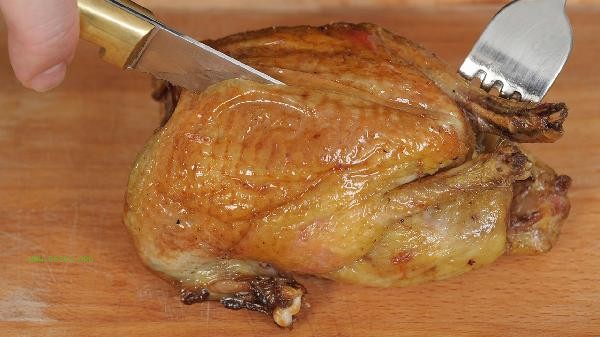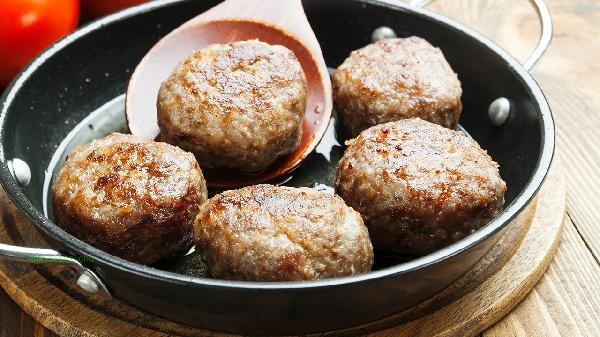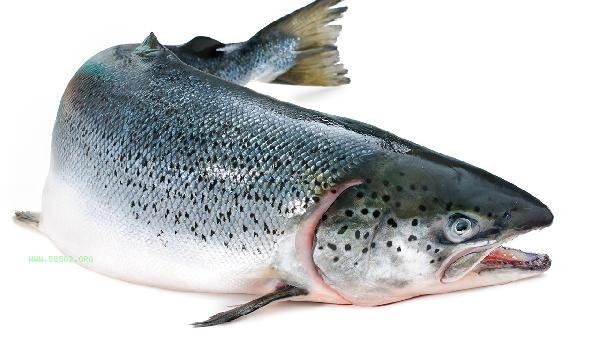After muscle cramps, pain can be relieved through stretching and massage, alternating hot and cold compresses, supplementing electrolytes, moderate activity, medication, and other methods. Muscle cramps are often caused by factors such as excessive exercise, electrolyte imbalance, and poor blood circulation. Timely intervention can effectively alleviate discomfort.

1. Stretching and Massage
After a cramp occurs, the activity should be stopped immediately and the spasming muscle group should be slowly pulled in reverse. For example, when a calf cramp occurs, you can hold your toes and press them towards your body for 15 seconds before relaxing and repeating the process. Massage can use kneading or pressing techniques, pushing and pressing from the cramping area towards the heart to help relax muscles. Pay attention to gentle force to avoid muscle damage caused by violent stretching.
2. Alternating hot and cold compress
During the acute phase, priority should be given to cold compress within 48 hours. Wrap an ice pack with a towel and apply it to the painful area for 10 minutes each time to reduce inflammation. After 48 hours, switch to hot compress and use a hot towel or warm water bag at around 40 ℃ to promote blood circulation. The alternating hot and cold compress method can first apply hot compress for 3 minutes and then cold compress for 1 minute, repeating 3 times, which can effectively relieve muscle stiffness.
3. Supplementing Electrolytes
Magnesium and calcium deficiency is a common cause, which can be caused by drinking electrolyte drinks containing sodium, potassium, and magnesium or diluted salt water. Bananas, spinach, nuts and other foods are rich in potassium and magnesium elements, while dairy and soy products can supplement calcium. If frequent cramps occur, it is recommended to seek medical attention to test serum electrolyte levels and rule out pathological factors such as thyroid dysfunction.

4. Moderate activity
After pain relief, low-intensity activities such as slow walking or swimming should be carried out to avoid prolonged sitting that can cause muscle stiffness. Water sports can reduce joint burden due to buoyancy, and warm water can also relax muscles. Daily exercises such as baby style yoga and supine leg stretching can enhance muscle flexibility and prevent cramps from recurring.
5. Medication Relief
When pain is severe, non steroidal anti-inflammatory drugs such as ibuprofen sustained-release capsules, diclofenac sodium enteric coated tablets, or muscle relaxants such as methylprednisolone hydrochloride tablets can be used according to medical advice. Severe spasms may require prescription drugs such as sodium phenobarbital for injection. In terms of traditional Chinese medicine, Sanqi Injury Pills, Duoda Wanhua Oil, etc. also help promote blood circulation and remove blood stasis.

To prevent muscle cramps, it is important to warm up adequately before exercise, replenish water promptly during exercise, and avoid vigorous activity in cold environments. Middle aged and elderly individuals should undergo regular monitoring of bone density and vitamin D levels, while pregnant women should increase their intake of calcium and magnesium. People who are prone to cramps at night can do calf stretching before going to bed to keep the bedding warm. If the cramp is more than 3 times a week or accompanied by swelling and numbness, it is necessary to check the underlying diseases such as lumbar spondylopathy, diabetes peripheral neuropathy. The key to maintaining electrolyte balance is to consume more dark vegetables, whole grains, and high-quality protein in daily diet.








Comments (0)
Leave a Comment
No comments yet
Be the first to share your thoughts!